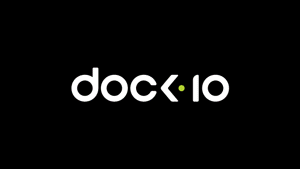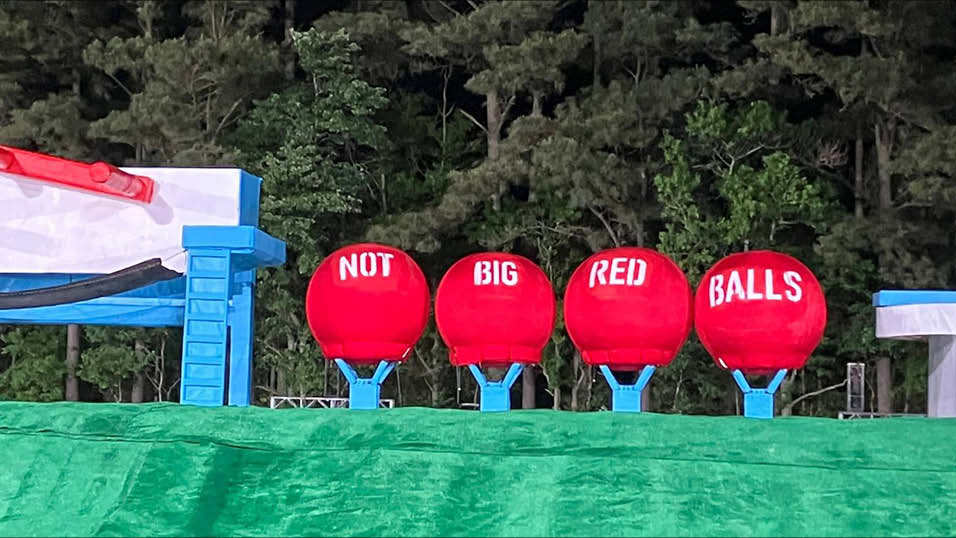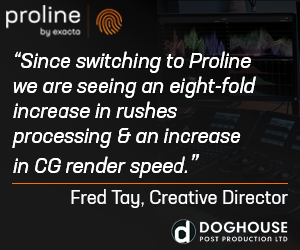On July 6, Televisual hosted the HDR in Production event at the Ray Dolby Theatre on Soho Square. The subject is clearly very topical and the event exceptionally well attended by both post production and drama production delegates. Many of the production delegates were working on their first HDR projects and that demand for HDR was on the increase, mainly driven by Netflix and for drama, although there’s additional demand for sport and landmark factual.
There was barely standing room for the post session with over thirty post companies sending representatives and reporting a marked increase in HDR enquiries. The session included a mix of lively panel discussions (mixing vendor spokespeople with post CTOs), presentations and demonstrations (including the new AJA Ki Pro Ultra Plus and FS HDR and Transkoder with new firmware). The main recurring themes were Netflix demands, storage, transcoding, and delivery imperatives with much debate about the differing merits of HDR formats. HDR is most demanding in post and from the presentations demonstrated that there’s now an emerging commonality in how post houses address HDR workflows, grading and the tools they might use.
Standout presentations within the Indies session included The Look’s charismatic CEO and chief colourist, Thomas Urbye and post production supervisor Liz Pearson walking the audience through how they worked on the BBC and Amazon Studio’s hit comedy series Fleabag and HDR production best practice. A second standout HDR case study came from series producer and scriptwriter Foz Allan with Peter Collins, Head of Drama Workflow and colourist Aidan Farrell from The Farm Group showing how they delivered Sky’s blockbuster, Riviera. Simon Marbrook from Final Frame also showed Bugsy Malone re-mastered in HDR from the original 1976 film negatives. There was plenty of opportunity to see HDR and standard dynamic range content side-by-side on consumer screens in the main theatre and the foyer, with short films shot on Panasonic and Canon cameras. The comparison content drew much attention and comment and was noteworthy for showing how HDR enhanced the final image.
The final advertising and brand marketing session similarly showed SDR and HDR side-by-side but with a more questioning audience, concerned by the new workflow challenges HDR production requires and with some delegates wondering if this was really for them and most leaving believing that it was.
James Bennett
Share this story


















